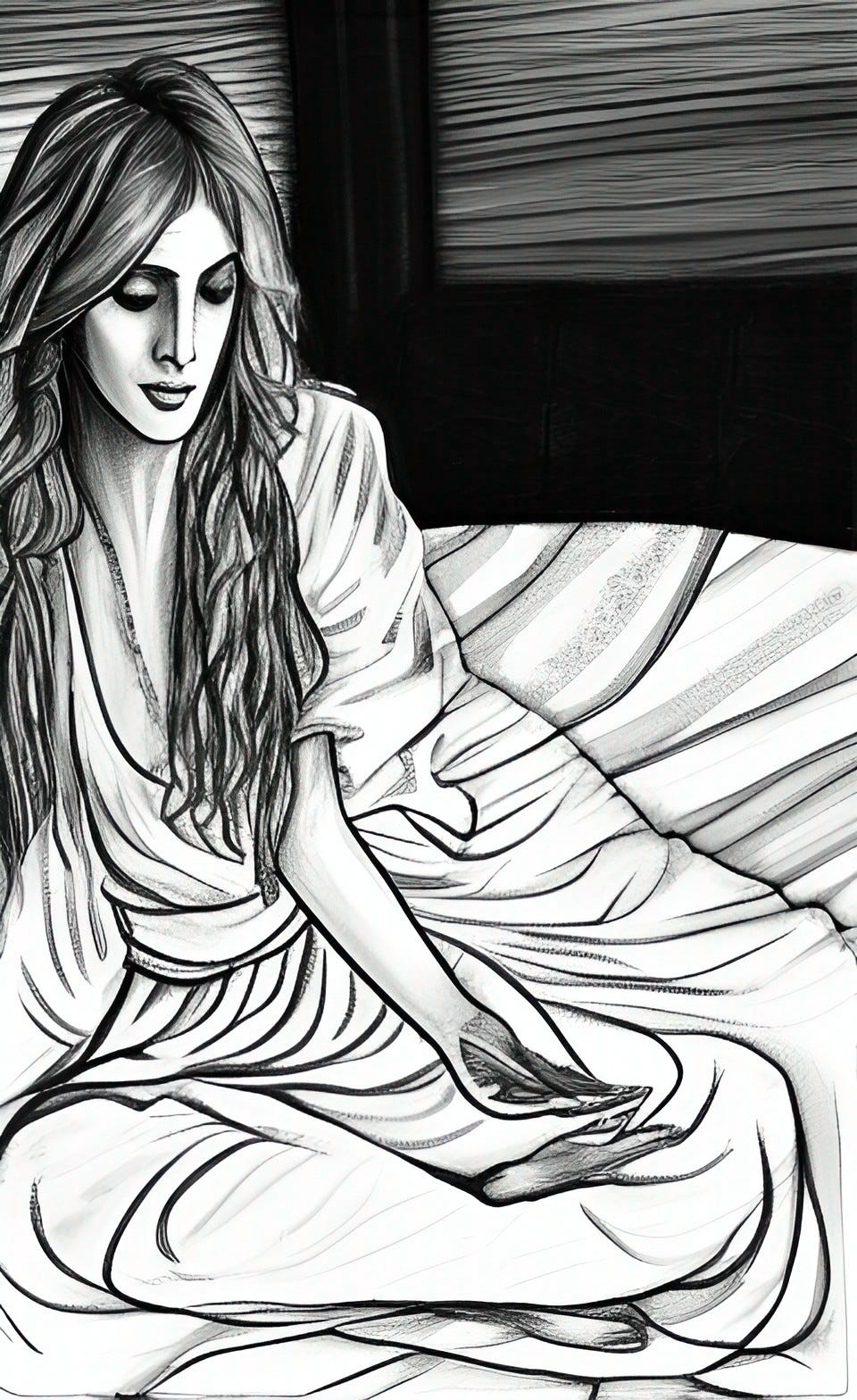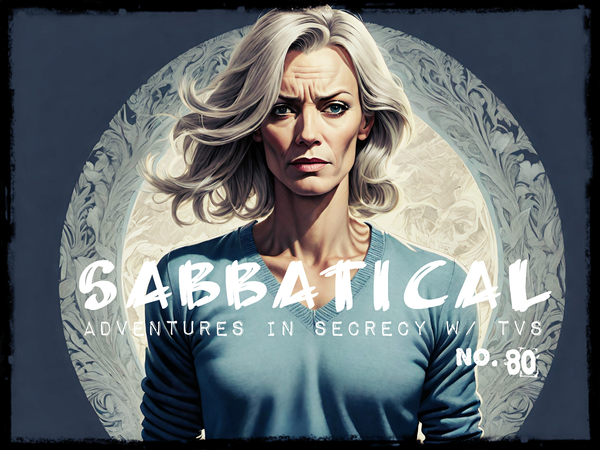Openings
Openings stimulate curiosity and movement toward and into. I say this as I rub my eyes and yawn. Then, I stretch my arms overhead, giving you a full view of the hair there.
I scratch my face and go on, saying, Passages continue the excitation—or not—until exhaustion, confusion, fear, boredom, or laziness overtakes curiosity.
I roll over onto all fours then, into cat pose, then relax into child’s pose, resting my forehead on the bed.
Then I say, In conclusion, you know, exiting or whatever you want to call it—that brings about a sense of wholeness, completion, relief, possibly joy. A release from the cathexis of curiosity. Closure.
My eyes flutter a bit against the light coming in through the window.
In the worst cases, I say, the experience is discarded, like a candy bar wrapper.
In the best cases, it is cherished and returned to often or on delicious occasion, lika treasure in the mind-body experience.
In most cases, it is enjoyed, then forgotten but for a few highlights.
With a droll smile, I await your response.
[Ed. To continue on directly, click here.]
Play procedures:
- Open a bit of curiosity now. This can happen however it wishes, any way you want it to. Perhaps that is a closer reading of things today, here or elsewhere. Maybe it’s a return to something. Or it might be simply an attitude.
- Make a curiosity check. If you don’t have a curiosity score, you may assign yourself one now. Failure indicates you don’t really say anything, and just move on to the next thing. Success means you say something that allows you deeper access to what is going on—not just in this scene, but in the moment of your life, in the book, and in life. Great success indicates something magnificent happens, something positive, good, and perhaps life-changing for the better.
- Take an opening you are fond of—from memory, preferably—and then go into a passageway with it that you haven’t been before. Once you are deep inside (or at least well on your way to being), allow curiosity to bloom. Let it linger and try to keep it afloat without popping it, like a bubble in the air. Later, you can work it backward—rework, if you like that word better—and then you may have something new, something brand new and marvelous. You can use your work in the next sequential chapter, which is here.






